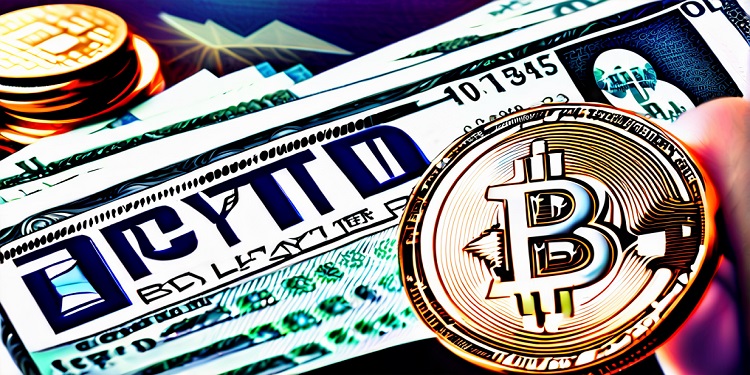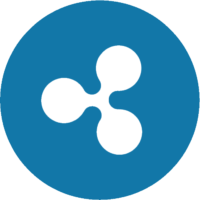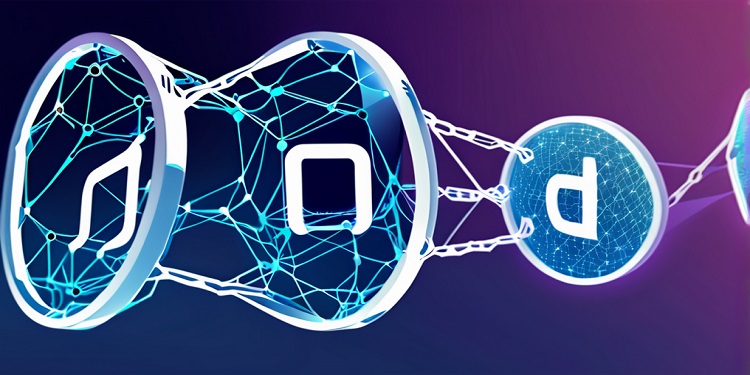
To create an open-source project and a cryptocurrency for all

$0.0 0.0%
1,141,913.57
Pros & Cons
Features
- New blocks were generated once in 2.5 minutes
- System programmed to generate a total of 168 million PXC
- In the beginning, miners will be awarded 50 coins per block
- Reward per block will be halved once in four years
Phenixcoin Info
- Founded
- John Carmichael and Michael Burns
- Ownership
- Holders of Phenixcoins
- GitHub Last Updated
- May 1, 2013, 10:35 AM GMT +5:30
- Contributors
- 1
Brief History of Phenixcoin
Phenixcoin, a peer-to-peer, open-source, decentralized cryptocurrency, was launched on May 20, 2014 to further develop Litecoin, a blockchain platform that was created during a fork on the Bitcoin platform. Phenixcoin’s distributed network was scheduled to create a total of 98 million Phenixcoins at the rate of 1.44 million coins per month or 48,000 coins per day. By September 1, 2014, the network generated around 18.9 million coins.
The founder of Phenixcoin was Phenix Crypto Systems Network Incorporated, a company belonging to John Carmichael and Michael Burns. On May 8, 2013, they generated the first block on the Phenixcoin blockchain. The cryptocurrency was released into the public only after 20,000 blocks were produced. As a result, as many as 1 million coins or 0.6% of the total coins scheduled to be mined were pre-mined. During its initial days, the digital currency was called Phenixcoin. The founders’ intention was to use the cryptocurrency for a variety of projects such as Phenix Safe Trade and Phenix Poker.
On July 11, 2013, Worldcoin, Feathercoin, and Phenixcoin created the United Open Currency Solutions (UNOCS) to jointly promote and develop the cryptocurrencies. UNOCS’ first project was excepted to be a processor of cryptocurrency to fiat currency called Bridge. Although it was scheduled to be released on July 21, it was never released and Feathercoin declared that it will withdraw from the alliance.
Phenixcoin then embarked on another project called PhenixEx, a cryptocurrency exchange. The project entered into the beta testing phase on August 24, 2013. PhenixEx showed initial signs of success, but then there were reports of difficulties with making deposits and withdrawals after September. Michael Burns, the developer of Phenixcoin, promised that the technical issues responsible for these difficulties will soon be fixed, but nothing of that sort happened. Finally, the website phenixcoin.com and forum.phenixcoin.com were taken down on September 14 and traders started getting worried.
On September 27, Michael Burns announced that he was going to resign because of problems in his personal life. Although he promised to issue refunds, he vanished from the scene. Later, investigation revealed that both John Carmichael and Michael Burns have shady histories. Michael had sold 800 thousand PXC at Cryptsy and had redeemed some bitcoins for US dollars in the months of June and July. The community had no idea about his activities. The coins that Michael had sold were supposed to be community property. They were meant to be used for bounties, prizes, giveaways, and other incentives. But only around 200,000 PXC were actually used for this purpose.
When Burns and Carmichael abandoned the cryptocurrency, John Doering (ghostlander) took charge of the situation on Oct 1, 2013. He soon launched an updated version of the software, which included the IRC bootstrapping feature that enabled peers to find one another on the network and process transactions. Phenixcoin was rebranded as Phoenixcoin and a brand new logo was created. Doering declared that the software would be developed in a transparent manner and that the community would be fully involved. Phoenixcoin’s GitHub page shows two contributors. It was last updated on Jan 15, 2018, 2:10 PM GMT+5.30
Why Phenixcoin is a Scam
A senior member of Bitcointalk.org has listed out some things that went wrong with Phenixcoin, and here is a brief overview of it:
One Million Coins were Pre-mined: One million Phenixcoins were pre-mined. While one cannot say that this is something that should not have happened, it was supposed to have happened on conditions of 100% transparency. But there was absolutely no transparency. The developers claimed that the pre-mined coins would be used to fund the $25k weekly freeroll at Phenix Poker, but the online poker room never ran any freeroll.
Phenix Poker: Phenix Poker was launched at around the same time Phenixcoin was launched. Initially, it looked very impressive, but players soon realized that it was non-functioned. The founders promised many freerolls, but no freerolls were even played at the poker room. The poker room faced many technical issues because it was based on an open-source software platform called Cubeia Poker. For this reason, the developers were unable to fix the technical problems players complained about. They also failed to give proper credit to Cubeia Poker.
Scandals: The value of PXC plummeted because of the activities of a user called YaCoinYeah. He started a Google doc exchange for the cryptocurrency and demanded donation for the same. The developers paid him 10,000 PXC or 1% of the total coins pre-mined. Later, it turned out that YaCoinYeah was a notorious character on the Bitcoin Talk Forum and did not enjoy the trust and goodwill of the other users.
Heavily Publicized New Projects: The developers gave too much publicity for its new projects, but released nothing except an escrow service that could not be used because the cryptocurrency was traded on Cryptsy. The developers talked about launching Phenix Casino and Phenix Exchange, but nothing much was done about it.
Dominating Attitude of Developers: The developers decided to release 80% of the coins every day, which would have led to a fall in price. Although the coins had to be released according to a known set of rules, the developers changed the rules without the knowledge of the community. As a result, the coin lost the trust of the community. The developers’ reason for doing this is not fully known.
Will be Phoenix Rise from the Ashes?
Only time can tell if the phoenix will rise from the ashes. Ghostlander, the developer who took over when the original developers of Phenixcoin vanished from the scene, has many supporters who feel that the coin can be revived. Now called PhoenixCoin, the network appears to have two websites—Phoenixcoin.org and Phoenixcoin.io
Phoenixcoin.org: You can connect with Phoenixcoin community at the following links:
It also holds the link the Phoenixcoin wallet source code, the latest version of which was released on August 2, 2017. The wallet works with Windows, MacOS, and Linus.
Phoenixcoin.io: According to this website, the PhoenixCoin initial coin offering (ICO) is now available at C-Cex and anybody can join it. The coin is presented by a company called Phoenix International. The company based its coin on Ethereum’s open-source and decentralized software.
Phoenix transactions are fast and have low transaction fees. The coins can be stored on wallets operating on the Ethereum platform, such as PhoenixCoin wallet, mobile wallets, Jaxx, and others. The Phoenix Wallet allows users to exchange their coins for Ethereum, bitcoins, litecoins, and any other cryptocurrency.
According to Phoenixcoin.io, there are several advantages of using PhoenixCoin:
- Phoenixcoin can be easily purchased with Ether.
- Since it is based on the Ethereum platform, it is safe and secure.
- PhoenixCoin is associated with services such as an exchange, a wallet, and others, which makes it easy to work with.
- Coins offered during the crowd sale will have a 5% loyalty bonus.
- Once the ICO comes to an end and PhoenixCoin hits the exchange, all coin holders can exchange their Phoenixcoins for any cryptocurrency.
AuthorDavid Nugent
David is a forex trader and writer who has spent the last few years giving his opinion and spreading news about oncoming markets and trading tips. Besides from being a trader he is also a lifelong Everton fan and enjoys spending free time watching his beloved team in the premier league.


























